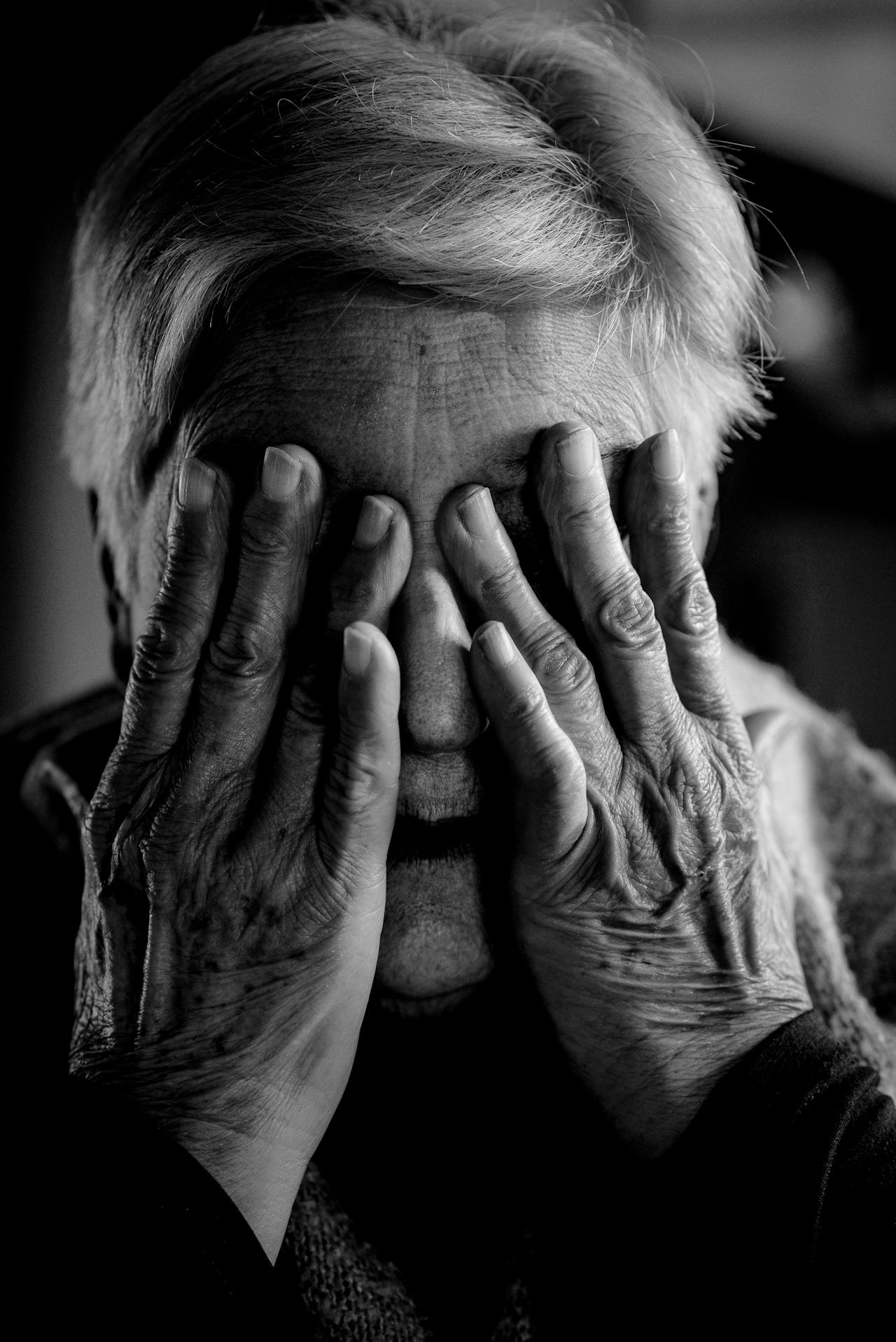Introduction to Falls:
The number of falls in older populations has been on the rise and this poses an immense public health challenge that transcends households, healthcare systems, and communities worldwide. Beyond the obvious physical injuries, falling can cause a “domino effect” of consequences for older adults; emotional distress, financial strain and more. For example, as the population gets older the urgency with which we need to address this issue grows exponentially. We have to do whatever it takes to reduce all risks and make seniors feel safer.
Falls not only compromise physical health but also erode the independence and confidence of seniors, casting shadows of uncertainty over their future mobility and safety. The toll extends beyond the individual, burdening families with emotional distress and financial obligations. Amidst these challenges, the imperative to develop and implement comprehensive fall prevention strategies becomes paramount, embodying our collective commitment to uphold the dignity and autonomy of older adults in an aging society.
Understanding the Impact of Falls:
Falls among seniors not only cause physical injuries but also have far-reaching implications on their emotional and psychological well-being. Beyond causing fractures or head injuries (the immediate physical trauma), falls often install fear and anxiety making them question if they can continue performing daily activities by themselves. The recovery process from fall-related injuries is no walk in the park either– it is long-winded and difficult. Sometimes requiring longer hospital stays or rehabilitation periods than one would like. The societal impact includes increased healthcare costs which adds burden on families and caregivers, making it clear that we need better preventative measures.
Below are some strategies that can be adopted
1. Environmental Modifications:
Environmental modifications encompass a wide range of adjustments aimed at creating a safer living space for seniors. This includes removing potential tripping hazards such as loose rugs or clutter aesthetically unpleasing items from their sight line which makes moving around easier. A well-lit house is fundamental in reducing incidents as they will be able to see better. Installing handrails and grab bars in bathrooms and along staircases provides additional support and stability for seniors as they move around their homes, minimizing the likelihood of accidents.
2. Physical Activity and Exercise:
Regular physical activity and exercise are fundamental components of maintaining overall health and reducing the risk of falls among seniors. Exercise programs tailored to the needs and abilities of older adults focus on improving strength, balance, and flexibility, all of which are essential for preventing falls. Strength training exercises help maintain muscle mass and bone density, reducing the risk of fractures in the event of a fall. Balance exercises, such as tai chi or yoga, enhance stability and coordination, improving the body’s ability to recover from unexpected slips or missteps.
3. Vision and Medication Management:
Vision impairments and medication-related side effects are common risk factors for falls among seniors. Regular eye examinations are essential for detecting changes in vision as well as refractive errors promptly. Healthcare providers should conduct thorough medication reviews to identify drugs that may cause dizziness, drowsiness prescribing them properly can reduce this numbers greatly.. Adjusting medication regimens or dosages as necessary can help minimize these risks and ensure the safety of older adults.
4. Assistive Devices and Mobility Aids to Prevent Falls:
Helpful tools and objects that assist with mobility serve a massive role in independence and preventing falls for senior citizens who have limited capability to move. Canes, walkers, and wheelchairs all do their part in providing stability as well as support so that older adults can safely travel through their surroundings. It’s critical that seniors receive the right information and training so they know how to use these devices correctly while also maximizing efficiency and avoiding accident incidents. Routine maintenance and adjustments keep these life savers safe over time.
5. Education and Awareness Programs:
Educational programs help seniors, caregivers, and healthcare professionals take a stand in the fight for fall prevention. By increasing awareness of major risks like muscle weakness, vision impairments, and environmental hazards, the program also provides practical risk-mitigating strategies. The goal of these programs is to make you more self-aware of your situation and enlighten you to obvious signs that a fall may be on its way. Better understanding your situation empowers seniors to make informed decisions about their health and safety.
6. Regular Health Assessments:
Regular assessments are crucial for identifying risk factors ahead of time so that you can implement preventive measures early on. During routine check-ups, healthcare providers conduct balance, gait, and mobility evaluations to detect any abnormalities or changes that may increase the likelihood of falls. This also gives them an opportunity to screen underlying medical conditions like osteoporosis or neurological disorders which require timely intervention or management. Catching these things before they become an issue will reduce the chance of falls altogether and help prevent any injuries from occurring.
Conclusion on Fall prevention
In conclusion, it’s important we look at fall prevention as a multifaceted concept with many layers. These layers include environmental modifications, regular exercise, vision/medication management, assistive devices, educational programs (like this one), and regular health assessments –– all working together to decrease the frequency at which our loved ones fall down. With collaboration between healthcare professionals/caregivers/community organizations we can put effective preventative measures in place while fostering a culture that makes our elderly feel safe and empowered in their daily lives
